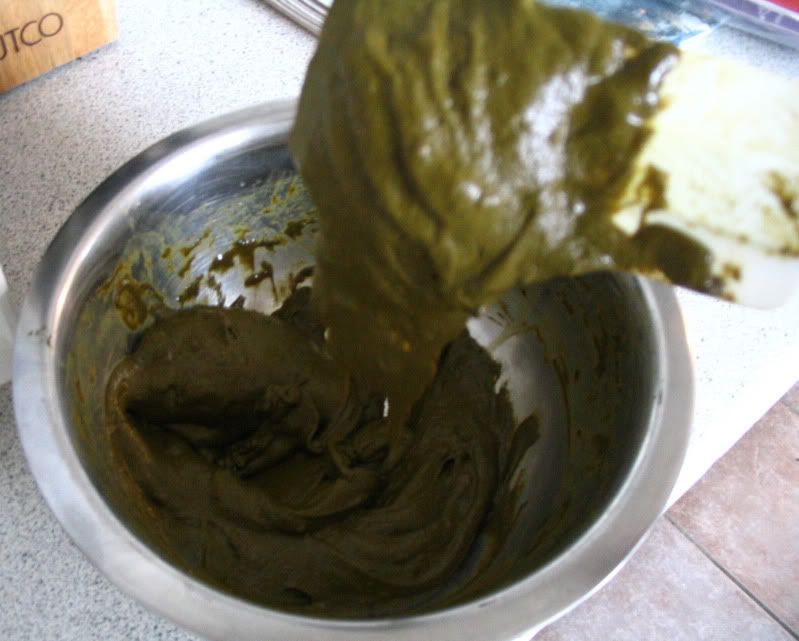Caring For Your Favourite Design
How do you ensure the darkest stain results for henna body art? How can we make sure we get that rich, red-brown stain? At times it will even be as dark as black cherries. The number one item needed for dark results is fresh brand powder. So choose the best brand powder for body art possible.
Following these simple steps will guide you to a dark, rich stain.
1. Once dry, spray or dab with lemon & sugar mixture. Allow to dry.
2. Wrap you design in toilet paper, medical tape, or sealant. Keep warm.
3. Let design sit for 4 to 6 hours, or overnight for best results.
4. Remove paste, and apply henna balm
5. Avoid contact with water for 8 to 24 hours to ensure a beautiful stain.
6. Design will appear light in color at first, as it takes up to 2
p.s~ GOODLUCK!




